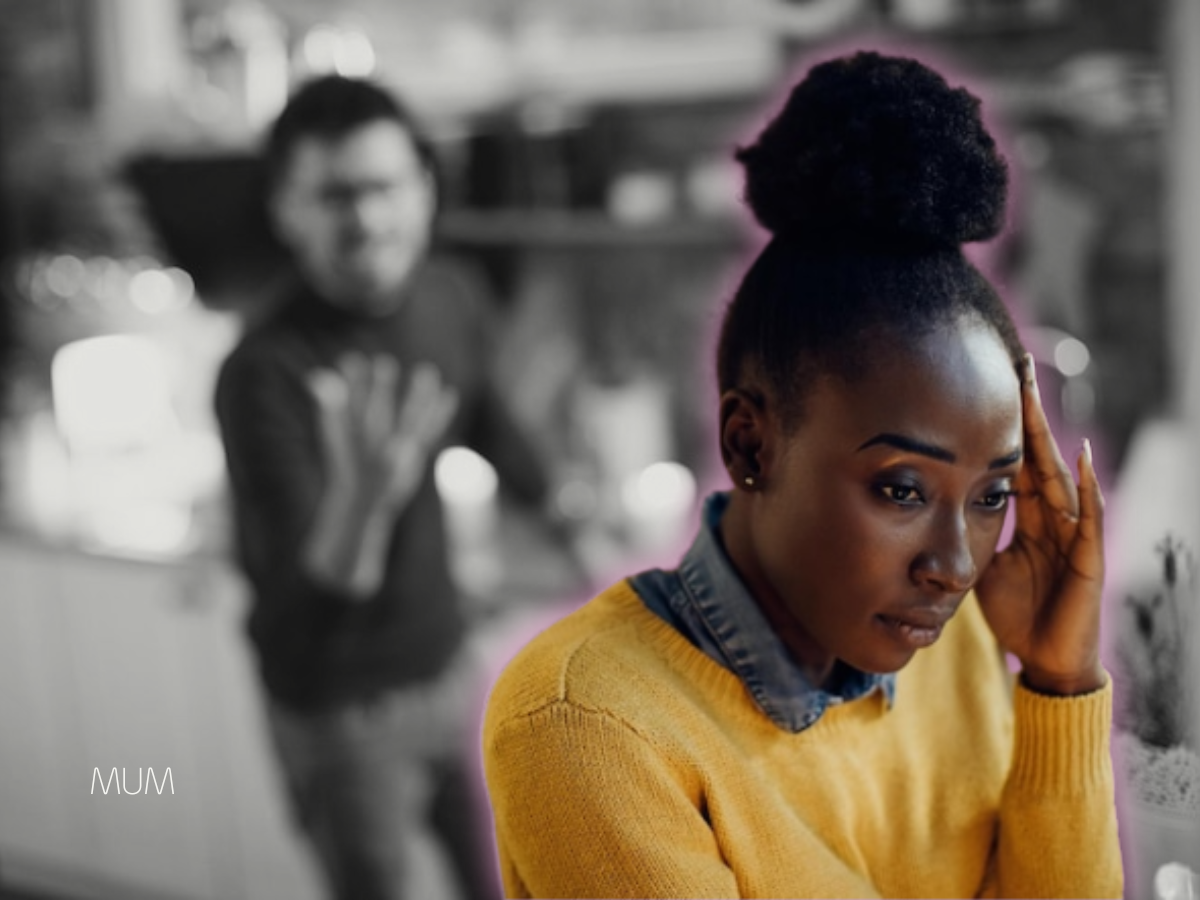Understanding Avoidance Coping: Breaking Free from Trauma's Grip
Learn why avoiding painful memories of trauma can hinder healing, and how to replace these patterns with proactive habits for personal growth.
Traumatic experiences can leave individuals grappling with overwhelming emotions, often leading to a natural, albeit sometimes counterproductive, response: avoidance coping. While serving as an immediate shield, this strategy can impede long-term healing. Understanding its mechanisms and consequences, and then actively replacing it with healthier habits, is crucial for fostering resilience and well-being.
What Is Avoidance Coping — And Why Do We Use It?
Avoidance coping, within psychological frameworks, refers to a set of behaviors designed to escape or minimize contact with distressing thoughts, feelings, memories, or external reminders associated with a traumatic event. This can manifest in various ways, from cognitive avoidance (suppressing thoughts) and emotional numbing to behavioral avoidance (shunning places or people). Research indicates it is a prevalent initial reaction to trauma, functioning as a short-term protective mechanism. When confronted with intense pain, fear, or helplessness, the psyche instinctively seeks relief. Factors such as a profound fear of re-experiencing the original pain, difficulties with emotional regulation, and a perceived lack of alternative coping skills contribute significantly to individuals adopting avoidance-based behaviors. It provides a temporary respite, creating an illusion of safety from the overwhelming internal and external triggers of trauma.
The Hidden Costs of Avoidance
While offering immediate relief, the long-term ramifications of avoidance coping are substantial and detrimental. Studies consistently demonstrate its strong correlation with the perpetuation and exacerbation of mental health challenges, including chronic anxiety, depressive disorders, and the enduring symptoms of post-traumatic stress disorder (PTSD). By actively sidestepping emotional processing, avoidance prevents the integration and resolution of traumatic memories. This creates a cycle where the very distress avoidance is meant to reduce is, in fact, reinforced.
Furthermore, research highlights how avoidance can lead to social isolation and impaired relationships, as individuals may withdraw from social interactions or find it challenging to connect authentically due to their efforts to avoid triggering conversations or emotions. The energy expended in maintaining avoidance can also deplete cognitive resources, further hindering an individual's ability to engage with life in a fulfilling way.
Replacing Avoidance with Healthier Habits
Breaking the cycle of avoidance requires intentional and evidence-backed strategies. Gradual exposure, a core component of cognitive-behavioral therapy (CBT), involves systematically and incrementally re-engaging with feared situations or memories in a safe and controlled environment, allowing for habituation and desensitization. CBT techniques also emphasize identifying and challenging maladaptive thought patterns associated with trauma, fostering more realistic and helpful cognitive appraisals. Mindfulness practices, such as meditation and body scans, cultivate present-moment awareness and non-judgmental acceptance of thoughts and feelings, thereby building emotional tolerance and reducing the urge to escape discomfort. Developing purposeful, proactive habits, such as identifying and pursuing value-driven goals, provides alternative avenues for engagement and meaning, shifting focus away from avoidance. Simultaneously, learning and practicing emotional regulation skills, like deep breathing or distress tolerance techniques, equips individuals with tools to manage intense emotions without resorting to avoidance.
In conclusion, while avoidance is a natural, instinctive response to trauma, transforming this pattern into one of active engagement with emotions and life is both achievable and vital. By adopting research-backed strategies and cultivating healthier coping mechanisms, individuals can move beyond the limitations of avoidance, fostering long-term well-being and paving the way for personal growth and a more fulfilling life.
Keep Going!
Check out these related posts





